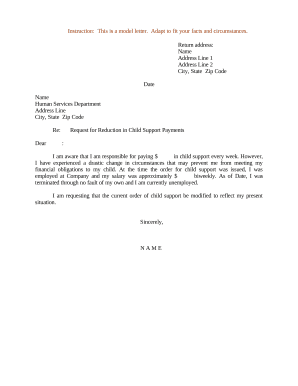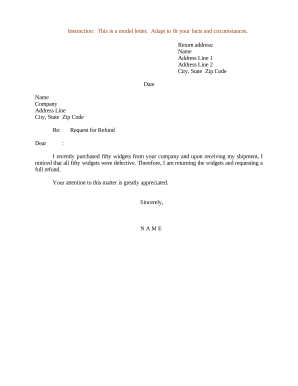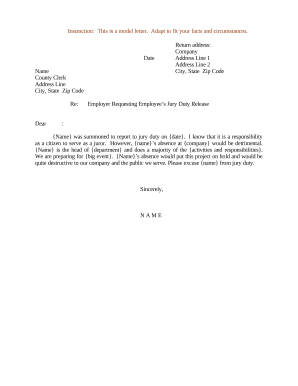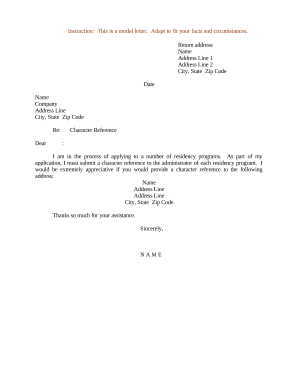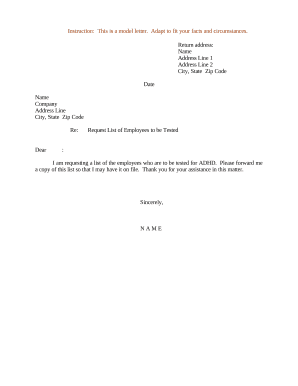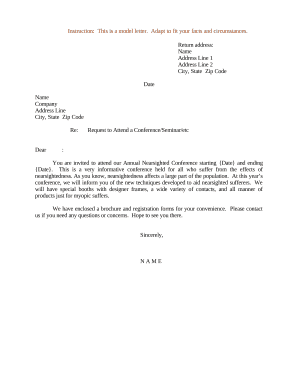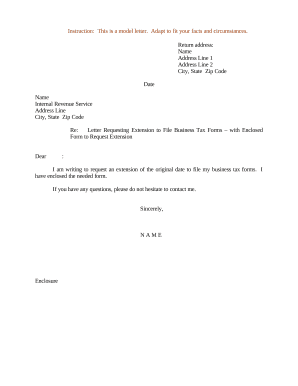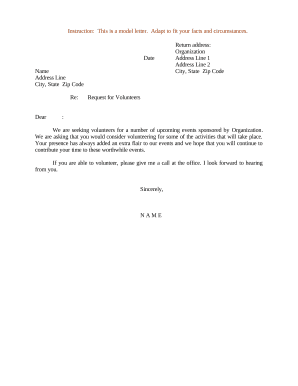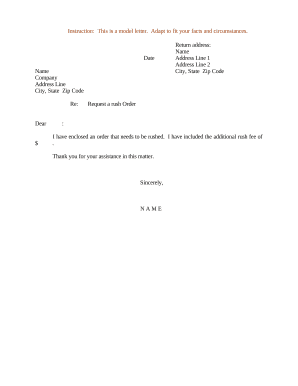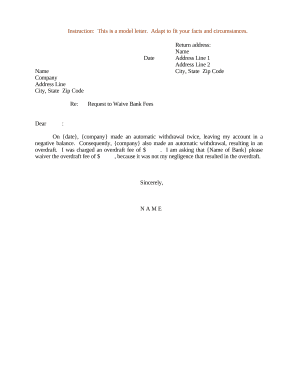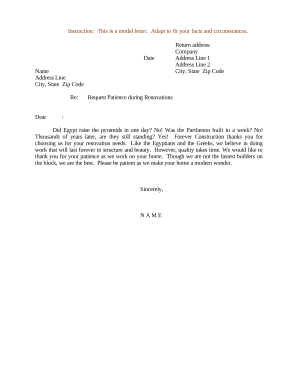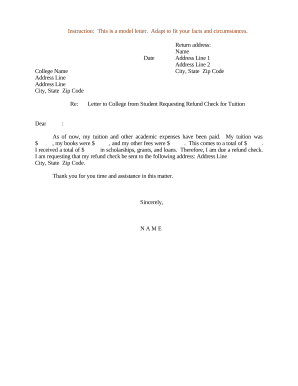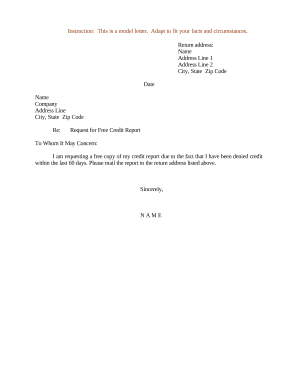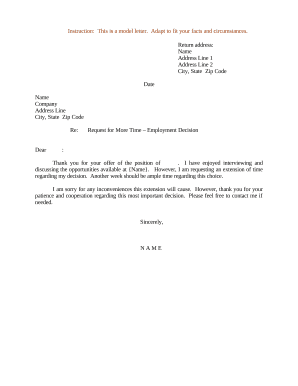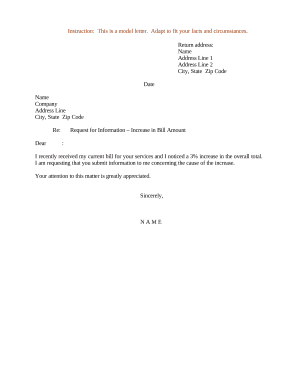Manage Nonlegal Request Letters effortlessly online
Document management can overwhelm you when you can’t discover all the documents you need. Fortunately, with DocHub's vast form library, you can find all you need and easily deal with it without changing between programs. Get our Nonlegal Request Letters and begin utilizing them.
Using our Nonlegal Request Letters using these basic steps:
- Browse Nonlegal Request Letters and select the form you need.
- Review the template and then click Get Form.
- Wait for it to open in the online editor.
- Alter your document: add new information and pictures, and fillable fields or blackout certain parts if necessary.
- Fill out your document, conserve adjustments, and prepare it for sending.
- When you are ready, download your form or share it with other contributors.
Try out DocHub and browse our Nonlegal Request Letters category easily. Get a free profile today!

